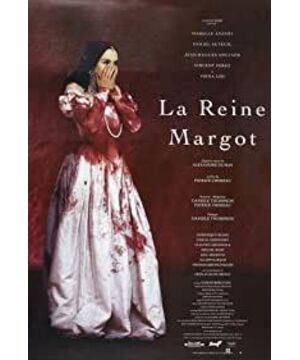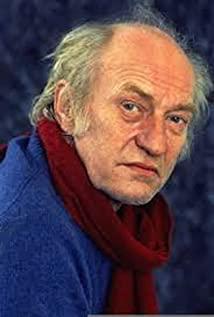Historically speaking, both are the same legend. It may be because one was made by a Frenchman and the other was made by an American, and the two films felt very different. Dunst was too tender, and when Mary was still a princess, her lovable demeanor was contagious. But when she became a queen, she was so young and sad, she was not the rose of Versailles, she had no strength to carry her status, she was still a child but wanted to be a mother. Like the pink that runs through the whole film, it is a performance that has not grown up yet, and is synonymous with princesses. She was still the rose, seductive but harmless.
But Adjani is different, and Margot is even more different. She is the most depraved rose of Versailles, attracting all the people with her attractive red and charming breath. Her love is rich and deformed, and she maintains a decadent relationship with her brother, who is brother and sister and lover. She is incompatible with her husband. As a woman, she once had a silent resistance to this marriage, but she is not an ordinary favored princess who solves problems with distress. Her flirtatious nature makes her not care about this marriage, and she still lives her life. A decadent life; but her innate queen temperament makes her have humble pity for her husband, who respects her even though he does not love her. And she and her lover, only when she and her lover are together, she exudes a unique atmosphere, that is the goddess' care and compassion for the world.
She is a goddess, aloof but lonely, and she and her brothers live and overcome each other, they design, frame, mock, use, soothe, restrict, but also love, they are so inseparable .
And Adjani, she seems to be born to interpret Margot, and Margot also carries her characteristics in her interpretation, they are integrated.
A beautiful face, a confused life, this is the Rose of Versailles... How should you forget her...
View more about Queen Margot reviews











